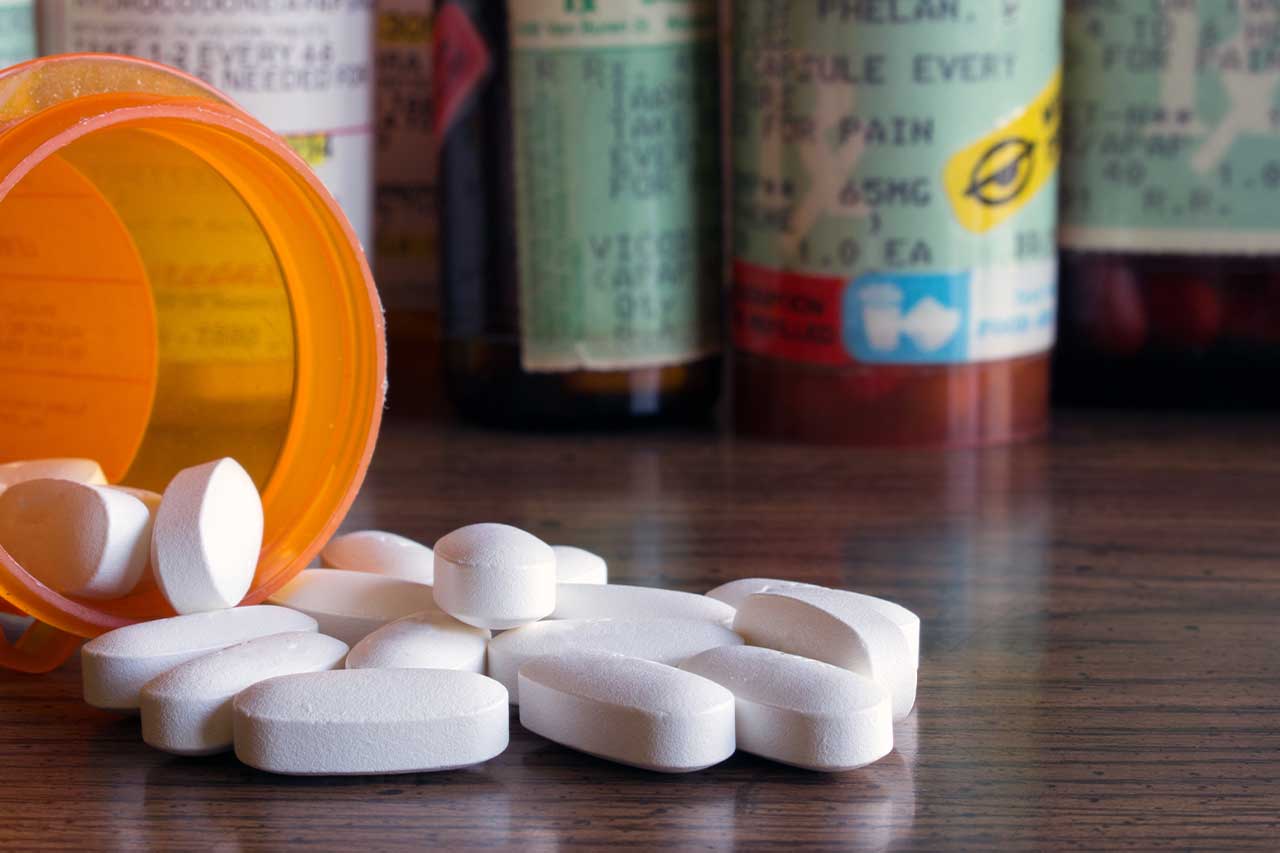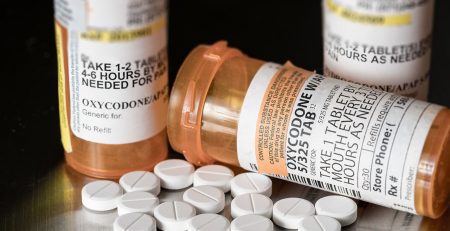The opioid crisis in America has a high likelihood of spreading globally as overdose deaths from numerous drugs increased during the pandemic. Research predicts that an additional 1.2 million people will die from an opioid overdose by the year 2029 if an intervention with American officials and the American people is not taken promptly. Colorado is specifically concerned about the number of deaths caused by fentanyl and other opioids. The best scenario for the people of Colorado, and America, is acting on a plan of prevention. Solutions to the opioid crisis include:
- Investment in community-driven overdose prevention
- More Awareness in schools
- Introducing new productive and protective policies
- Finding ways to provide stable housing
Recently, the CDC proposed new guidelines aimed at balancing the necessary use of opioids for severe pain.1 The CDC still believes that non-opioid therapies, such as holistic therapy, should be attempted before prescribing opioids for pain. They also propose that doctors make it crystal clear that addiction is not only possible but very common when prescribing opioids. Not to mention, many lawmakers are being demanded to tackle pharmaceutical companies. The pharmaceutical industry, however, has and will continue to heavily fund congress (or 356 lawmakers, according to stats,) making it extremely difficult to deny them power.
Most Drug Addicted Cities in America
In America, Dayton, Ohio has a shocking opioid overdose death rate. Painkillers are highly abused in the heart of Ohio. Baltimore, Maryland, is highly concerned for its citizens that need heroin and fentanyl treatment. In 2018, Florida, North Carolina, New Mexico, and Arizona were involved in the high percentages of opioid overdoses; however, as of 2022, the numbers continue to rise. Believe it or not, Washington D.C. has an increasing number of opioid overdoses, specifically heroin addiction.
Signs of Opioid Overdose
Before an overdose, an individual usually will form an addiction to the drug. Mood symptoms can include lack of motivation, depression, or hyperactivity. Behavioral symptoms may mean a person formulates a slowed or slurred speech or loses interaction with favorite hobbies or other people. Itching, vomiting, or weight loss are indicators of physical symptoms that a person is going through or fighting opioid addiction.
Pinpoint pupils are one of the first opioid overdose symptoms that doctors search for in a patient. Blue or purple-black lips or fingernails, or changes in the skin tone are also highlighted signs of an incoming overdose. A slow heart rate or limp body figure are commonly addressed as a symptom, along with slow breathing. Undoubtedly, these symptoms are frightening, and it is important to seek treatment if you or someone you love is already battling with addiction.
Luxury Treatment Center in Palm Beach
How long does fentanyl stay in your system? Depending on how the drug is tested, it can last in the system anywhere between 72 hours or even three months in hair. If you are seeking opioid crisis solutions, then at Seaside Palm Beach, we want to help you out of the pain that stems from addiction. Whether you are battling against the misuse of fentanyl, cocaine, or other opioids, we are here to help you safely get through the withdrawals as we provide excellent therapeutic methods.
Seaside offers many luxury addiction treatment programs for a variety of drug and alcohol-related addictions, as well as mental illness. Our highly trained staff and specialists provide quality service and assurance. Please, do not hesitate to call as there is always someone ready to speak to you and answer any questions you may have. Don’t wait!
Contact Seaside Palm Beach at 561-677-9374 today!
Sources
- Addiction Center – CDC Releases New Opioid Prescription Guidelines
Related Reading:












